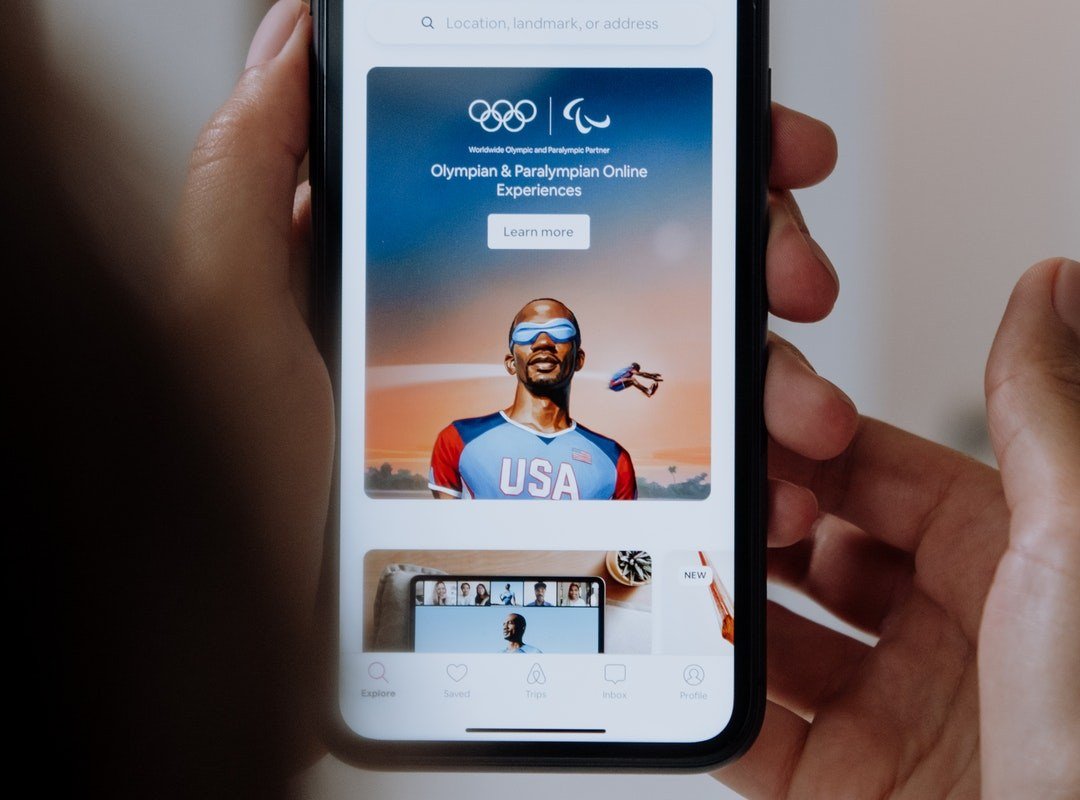With approximately 60% of all searches in Google being done on a mobile device, it has become important to optimize a website for mobile devices. It is necessary to have a mobile website or make it responsive to show that the website brings conversions. For this, it is vital that the mobile websites’ user experience must be as good as the desktop UX. This blog highlights how to deliver the best user experience for mobile users. Go through our blog on ALL YOU NEED TO KNOW ABOUT MOBILE FIRST INDEXING SEO to know the fundamentals of mobile search indexing in SEO.
Mobile Optimization is the process of optimizing a website for users on smartphones and tablets. The importance of mobile SEO is that it helps business to reach customers. Another importance of mobile SEO is that it satisfies their needs while providing the best user experience for mobile users. The first step of mobile SEO is to make your website work on mobile devices instead of providing the same desktop site on your mobiles.
Importance of mobile SEO
Nowadays, mobile traffic has taken over desktop traffic. More and more people are using smartphones or mobile devices to access the internet. Thus, mobile SEO is quite crucial because it allows you to reach customers in the right place and at the right time. Most of the time, people use smartphones to know about the products before making a buying decision. So, mobile SEO allows you to be there when prospects are looking for your products and services. Thus, the importance of mobile SEO is increasing day by day. Check our blog on how to IMPROVE SEO WITH LATENT SEMANTIC INDEXING to understand ways to boost your mobile as well as desktop web pages.
Mobile first index
Due to the fact that more people are using mobile devices to perform search queries on Google, the search engine tweaked the algorithm to allow indexing of mobile versions of websites first. The mobile first index ranks web pages based on their mobile versions. The rankings are based on the quality of the mobile version of the website instead of the desktop version. So, it has become even more important to perform mobile search engine optimization for websites.
How to optimize a website for better user experience on mobiles
- Prioritize reviews: Prospects read reviews to decide whether to buy a product or not. It is important to get positive reviews for the brand as a whole but gaining good reviews for the main products or services is more crucial. At times the popularity of a brand or its ratings do not matter, instead what users say about individual services or products becomes more important in certain cases. You should ask satisfied users to comment on the services of products they used and also encourage them to upload a photo with their reviews.
- Optimize images: Optimization of images is essential when it comes to providing the best user experience for mobile users. It is important to make images search-friendly by helping the crawlers decipher what the image is about. Use original images, minify them, use unique file names, alt text and captions for each image.
- Use AMP: Accelerated mobile page open-source projects are designed to make mobile pages load faster with the help of lighter coding. Using an AMP improves page load time and results in more conversions. You have to follow the AMP project guide to hand-code your AMP page. It requires experience in web development. So, if you are not a developer, it’s better to hire a professional.
- Use responsive web design: When a responsive web design is used, the web page’s layout and content respond to each kind of device by changing the looks of the webpage. It is user friendly, does not require any redirects, and all your content is available on one single URL. So, using responsive web design ensures the best user experience for mobile users.
- Use a CDN: By using a Content Delivery Network, you can ensure fast delivery of content. It helps to provide a great user experience for mobile phone devices. A CDN reduces latency, improves page speed, and also provide a better UX to visitors.
- Dynamic serving: In dynamic serving, your content is on the same URL but the HTML/ CSS differs according to the device being used. Its drawback is that you need to create different versions of content for new devices. If you do not do this, the website may not recognize a new mobile device and instead show the desktop version.
- Make content easy to read: When it comes to delivering content, you should create something which is concise, attention-grabbing and valuable. You have to make the content easy to read by carefully choosing the font sizes and then check how the font would appear on mobiles. You should not use more than two font sizes.
- Test again and again: To ensure the best user experience for mobile users, it becomes quite important to test the mobile versions of web pages. It is more important when you serve responsive websites as we need to make sure that the changes attested to the mobile versions as well. It is the only way to look for errors and monitor your website.
The above mentioned steps should be taken into consideration when optimizing for mobiles. To ensure the best user experience for mobile users, improve page speed and make it easy for the users to access content. When optimizing for UX, always keep in mind that it is all about putting the searchers first. To know how to increase visibility with mobile app marketing, read another blog written by us on MOBILE APP MARKETING: HOW TO INCREASE THE VISIBILITY OF YOUR APP.









